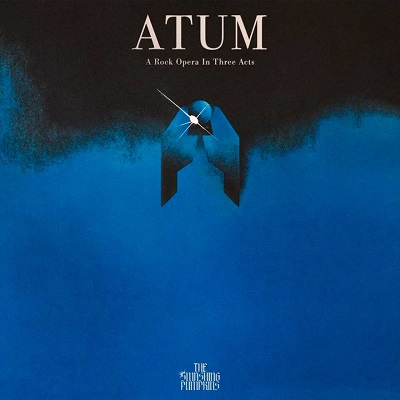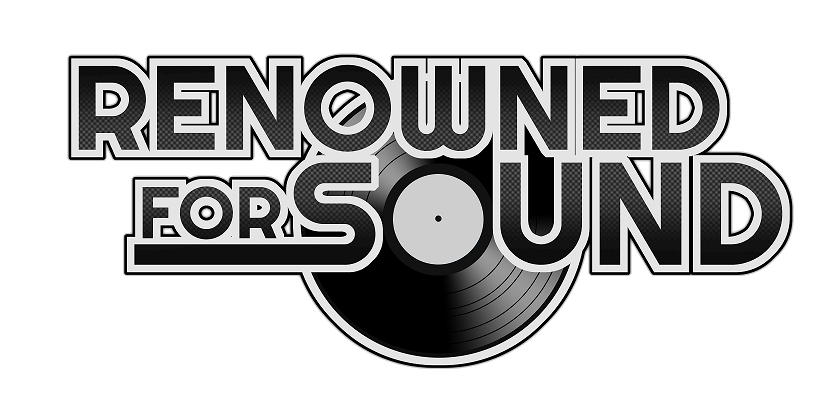Album Review: The Smashing Pumpkins – ATUM I
3 min read
The Smashing Pumpkins have been prone to turbulence throughout their career. The 90s, especially, was a furious decade of legendary tours, personal tragedies, drug addictions and notoriously prolific music making that all built toward the initial culmination of the band in the double album Machina/The Machines of God in 2000. The band thrived on that turbulence and Billy Corgan had a special knack for cutting through the noise to arrive at expressions both pure and larger than life. Pumpkins engaged in a variety of genres and styles, matching the scale of their emotion with the range of their sound. Mellon Collie & Infinite Sadness is arguably unmatched by any album in the 90s when it comes to merging an industrial mass of creativity with the consistency of its inspired quality. Unlike those best efforts in the 90s, Corgan sounds too comfortable and unopposed in the recording process for the spotty and complacent ATUM.
 Corgan is still ambitious, however, and has laid out a triple album vision for ATUM to be released across the next six months as a sequel to Mellon Collie. On the evidence of Act I, it’s a hefty effort that will struggle to justify its runtime. Corgan clearly has good intentions when it comes to offering the sonic variety needed to keep things interesting but he flits between instrumental palettes flakily without truly gaining a command over them. There are surprisingly amateurish recordings here, with poorly mixed drums and synths that jar and distract so that even the better songs can be difficult to sit through.
Corgan is still ambitious, however, and has laid out a triple album vision for ATUM to be released across the next six months as a sequel to Mellon Collie. On the evidence of Act I, it’s a hefty effort that will struggle to justify its runtime. Corgan clearly has good intentions when it comes to offering the sonic variety needed to keep things interesting but he flits between instrumental palettes flakily without truly gaining a command over them. There are surprisingly amateurish recordings here, with poorly mixed drums and synths that jar and distract so that even the better songs can be difficult to sit through.
The album begins with the best it has to offer. Title track and opener ATUM’s cavernous atmosphere includes compelling psychedelic nods to Pink Floyd and Jeff Beck. Butterfly Suite, meanwhile, is illustrative of Corgan’s talent for combining classic rock ‘n’ roll aggression with the sensitivity of alternative rock as he weaves together contrasting passages. It’s difficult to identify what the connective tissue is between ATUM and Mellon Collie beyond the lengthiness of their run time, though. ATUM rehashes some of the synth pop from CYR with tracks like Embracer alongside more traditional rockers like The Good In Goodbye. The result is an inconsistent sound lacking an overarching identity.
Ahead of ATUM’s release, Corgan spoke about feeling more secure as a musician: “Once you stop needing to prove yourself, you just go back to what you know, which is: I’m a good musician, I’m a good producer”. If Pumpkins’ latest albums are anything to go by, perhaps Corgan’s desire to prove himself is what delivered the perfectionism in recording, mixing and songwriting evident on Siamese Dream or Mellon Collie. Resting on his laurels, certain in his giftedness, Corgan sounds more aloof and out-of-touch than ever. Then again, Corgan’s concept for ATUM is decidedly alienating. He describes it “like a movie, about artists exiled in space, whose isolation is both beautiful (from the Earth, their spaceships look like stars) and a warning to the human race about the dangers of being exiled”. To be fair, ATUM somewhat delivers on this promise but the result is not a divine capsule of otherworldliness and more like a lost satellite cut adrift from the world. Hooray, to this end, is unmatched in its absurdity. The track might seem like a disappointing marker of Pumpkins’ fall from grace but does have the potential to be iconic in its own way at least. You won’t have ever heard anything quite like it, and though you may wish never to again, it’s not as easily forgettable as some of the other songs on ATUM.
There are nonetheless good ideas on the record and decent songs buried under poor execution. A producer or bandmates who knew how to filter and counter Corgan’s ideas could perhaps have rescued the sloppy first act of ATUM. Hopefully the two coming acts can be more polished to make the most of Corgan’s songwriting abilities.



